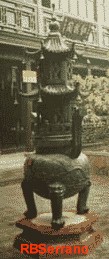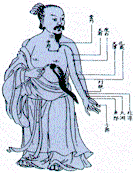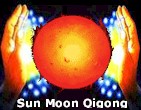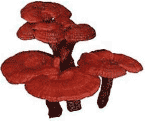
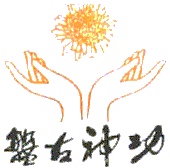


by Heiner Fruehauf, PhD, LAc
|
Perspectives On "TCM" and Classical Chinese Medicine - A Comparative Outlook It has been the main purpose of this article to characterize the framework of "TCM," a system which presently is the standard model of Chinese medicine in mainland China, and which increasingly influences the practice of Oriental medicine in the West. By creating a record that makes "TCM" transparent as a historically and politically conditioned system that is fundamentally different from the multifaceted traditions that constitute traditional Chinese medicine, I was attempting to draw a base line that helps individual practitioners, schools, and agencies to determine what their own position in this matter is. In this process, it is not my point to denounce the phenomenon of "TCM." The trademark standardization procedures of "TCM" are perhaps the main reason that Chinese medicine is still alive and thriving today, after a prolonged period in which China and the rest of the modernizing world was willing to forsake everything in exchange for the power of Western medicine. Its barefoot doctor approach, moreover, did save many lives when expert healthcare was not available in the Chinese countryside. It is my point, however, to expose the common practice of advertising the education and clinical practice of "TCM" under traditional insignia that suggest the transmission and application of an ancient Eastern healthcare system that is based entirely on holistic principles. The general discourse on Oriental medicine in the West appears to have reached the realm of the 10,000 details (i.e., "what points work best for diabetes," "how to treat headaches with Chinese herbs"), while leaving the basic parameters of its scientific approach unexplored. To help stimulate a broader discussion on Chinese medicine methodology, I have created a table that contrasts the characteristics of "TCM" with those of traditional Chinese medicine -- here labeled "classical Chinese medicine" in order to distinguish it more clearly from its modern cousin -- as I and my senior Chinese teachers describe it. This table is simply meant to be a starting point, a tool that may help Oriental medicine practitioners and institutions assess their mode of teaching and practice. It may be incomplete and, due to the nature of the black-and-white table format, overstate some of the differences that set the two systems apart.
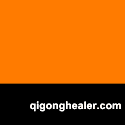
With regard to the positions outlined in this table, most of us will find that our own convictions and modes of practice follow propositions that can be found on both sides of the dividing line. In particular, it is my experience that Oriental medicine practitioners in the West often proclaim to embrace the principles stated on the left, while their modus operandi in terms of diagnosis and treatment is much more closely aligned with the attitudes outlined on the right -- much like Chinese officials used to aspire to the image of the Daoist philosopher-poet in their private life, while adhering to pragmatist Confucian values when acting in public. Others, after surveying this table, might find that although they were not aware of a "TCM issue" in the past, they certainly like the premises of "TCM" better than the mystifying conjectures of the classical path. It is, therefore, not my goal to dignify the classical way(s) of Oriental medicine and malign "TCM," although it has become clear in the course of this essay where my own biases are. Neither do I suggest that any deviation from pre-20th century ways of diagnosis and treatment automatically establishes the practice of "TCM." The use of modern equipment to measure electric resistance on acupuncture points, for instance, perfectly adheres to traditional zang-xiang theory ("examine the surface to determine the hidden factors inside"). The traditionalist school of Japanese Kanpo medicine, on the other hand, with its unrelenting insistence on the prescription of unmodified Shanghan Lun formulas and its formulaic way of interpreting the zheng (symptom picture) concept, shares many aspects of standardized "TCM" as I have outlined it in this paper. Due to the flexible and change oriented nature of the truly traditional approach, therefore, the term "classical" does not mean to turn the clock back to the times of Zhang Zhongjing or Sun Simiao, but rather to utilize the unchangeable principles of the art and science of Chinese medicine to assess, appreciate, and potentially incorporate new information from all branches of knowledge. Most of all, this article is yet another call for respecting the art of Oriental medicine as a science in its own right.15 In my opinion, it is one of the most tragic problems of 20th century Oriental medicine that it feels compelled to scour for legitimacy by conducting "scientific" tests that conform to the parameters of Western medicine. To illustrate the absurdity that can spring from this situation, I would like to relate an incident that I witnessed at the teaching hospital of the Chengdu College of Traditional Chinese Medicine in 1990. A famous doctor at the hospital was widely known for prescribing an herbal remedy that appeared to be highly effective in bringing about the speedy and painless delivery of babies by first- time mothers. Expecting mothers sometimes came to the hospital from as far as fifty miles away to obtain a prescription. After two decades of consistently positive feedback, a local pharmaceutical company decided to produce his formula as a patent. Before "modernization" had become an issue, the positive testimonies of hundreds of patients would have sufficed to get the project started, but now new codes demanded that direct action of the herbal solution on the uterus must first be verified in a laboratory setting. The lab director went through great pains to exclude factors that could potentially effect the outcome of the experiment. He put a female rabbit in a sterile incubator, stabilized the temperature and light exposure, surgically isolated the uterus and placed it outside of the rabbit's abdomen, and finally injected the herbal solution directly into the carefully extrapolated organ. To the researcher's surprise, nothing happened, even when he repeated the experiment with a number of other animals. In a second series of experiments, he injected a variety of other substances into rabbit uteri and, after observing that some of them induced contractions, proclaimed that they were more suitable for mass production. However, when the newly "discovered" herbs, which in traditional pharmacopoeias are not at all related to uterine effects, were tested on eager mothers by the old obstetrician, they failed to produce any clinical results. Thoroughly confused, the managers of the company decided to withdraw from the project. To me, this incident exemplified how the elaborate procedures of reductionist science can project a highly distorted picture of the reality of the human body, producing results that are essentially non-scientific. The traditional doctor and most of his colleagues seemed undisturbed by the outcome of the experiment, since they adhered to a set of entirely different scientific principles which demand verification through non-sedated, intact people who deliver babies in an uncontrolled real-life environment. According to their reasoning, a) rabbits are different from humans, b) human beings usually do not give birth in completely controlled conditions with their own uterus hanging from their bellies, and c) the remedy in question is designed to work via the digestive process of metabolic transformation rather than through direct injection into an isolated part of the organism. Does not the prolific depth of Chinese medicine present a scientific approach that bears the power and the promise to work the other way round? Do we always have to wait for a related discovery in Western medicine before we sanctify Qigong or other aspects of Chinese medicine that were previously deemed "unscientific"? Could we not utilize so far inexplicable Neijing concepts such as wuyun liuqi (cosmic cycles) and ziwu liuzhu (chrono-acupuncture) to actively inspire the nature and direction of modern scientific experiments? As the profession of Oriental medicine is stepping into maturity, it needs the inner respect for its own wisdom, which no gloss of doctoral level ratification and other marks of progress can deliver from the outside. If we must look to China as a model, we should pay attention to the fact that the main problem raised in this article -- the demise of traditional Chinese medicine under the "TCM" system -- has not gone unnoticed in the People's Republic itself. In addition to the classicist renaissance movement introduced in section four of this article, it should be noted that the concept of the lab oriented TCM doctorate has been matched by a degree program that systematically facilitates the succession of traditional knowledge from "famous doctor" (ming lao zhongyi) to "master disciple" (jicheng ren). In 1999, moreover, Chengdu University of TCM launched an educational pilot project for a segment of its incoming class that is modeled after the 1963 curriculum-teaching the fundamental concepts of Chinese medicine through the classics, reading the major medical classics in their entirety, and studying Western medicine only in a rudimentary fashion. "If we don't do this," the program director Deng Zhongjia said at the time, "very soon there won't be much left of traditional Chinese medicine."16 For the complete original version of Heiner Fruehauf's above article, please read Chinese Medicine in Crisis: Science, Politics and the Making of "TCM"
Notes: 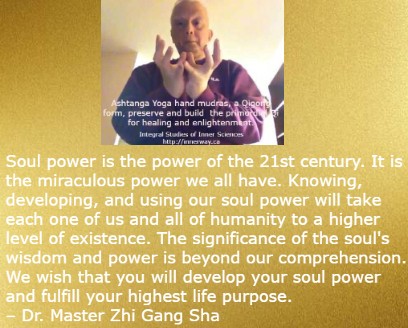 Soul power is developed and used by Tao Healing Hands Practitioner 
Meditation and Qigong books and DVDs on Functional Medicine Six healing Qigong sounds book at https://www.amazon.com/dp/0988050269 The Meditation and Qigong Mastery book at https://www.amazon.com/dp/0987781901 Return to Oneness with the Tao book at https://www.amazon.com/dp/0987781960 Return to Oneness with Spirit through Pan Gu Shen Gong book at https://www.amazon.com/dp/0987781979 Keys to Healing and Self-Mastery according to the Hathors book at Return to Oneness with Shiva book at Oneness with Shiva book at The Cure & Cause of Cancer book at
To order the Maitreya (Shiva) Shen Gong & Omkabah Heart Lightbody Activation DVDs with shipping, cost $60, with a 2-page Healing Conscious Mind Encodements (pdf) enclosedplease click the Paypal button below:
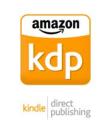
 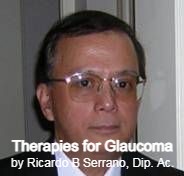 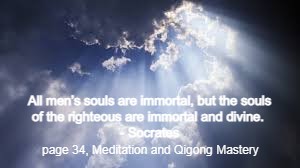 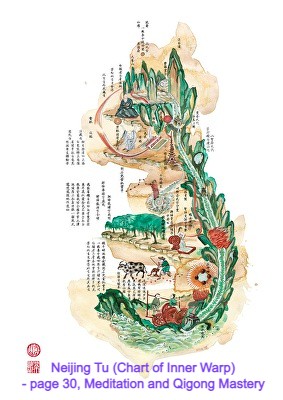 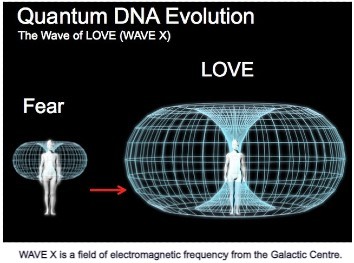  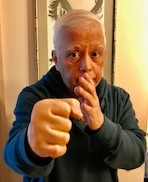 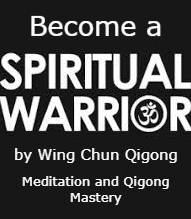 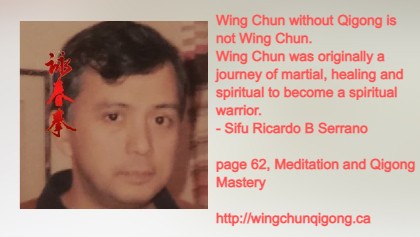  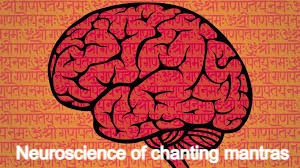 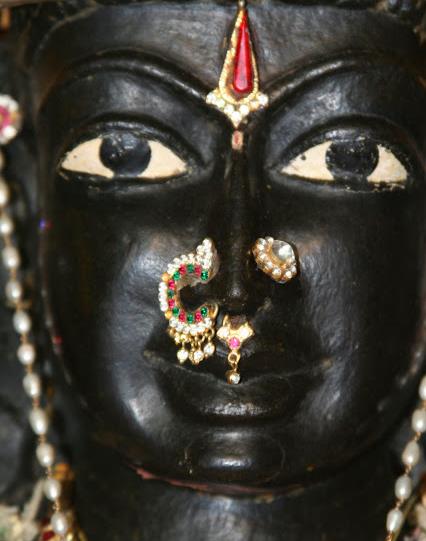 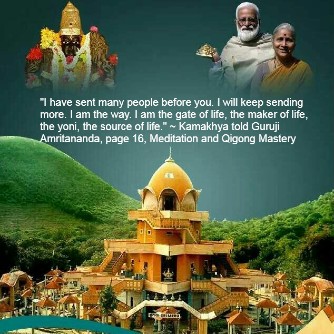 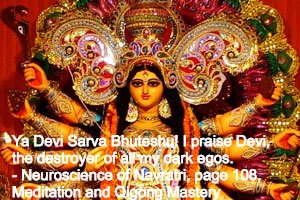  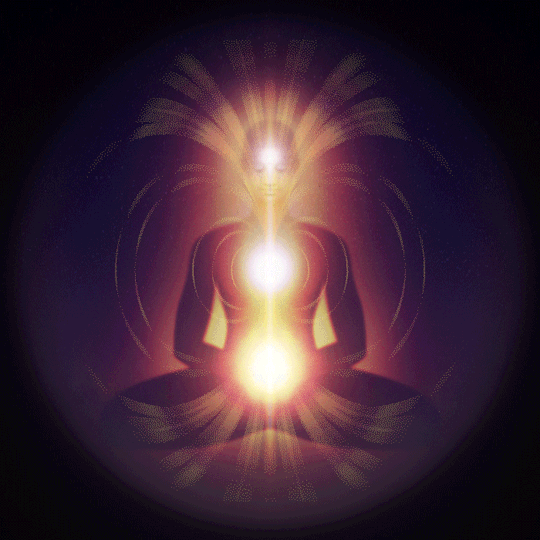 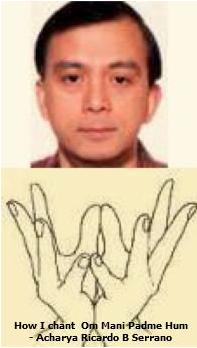  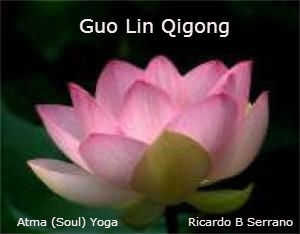  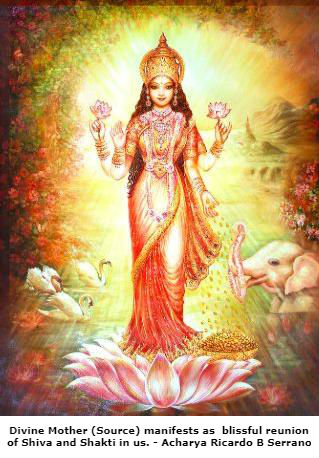 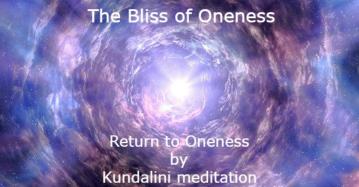 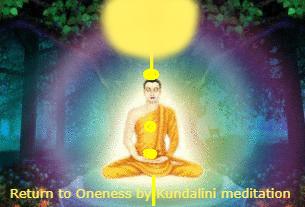 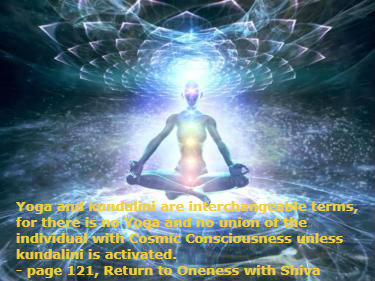 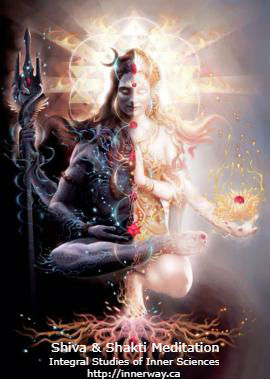 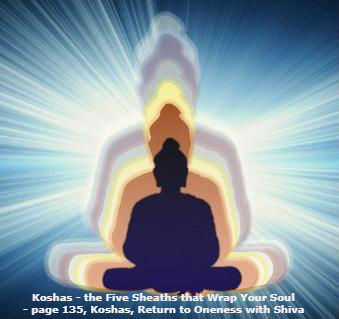 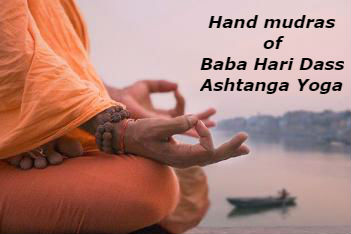 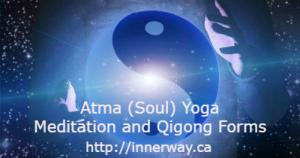

 
 Contact qi-healer@qiwithoutborders.org Updated January 26, 2006 by  |

